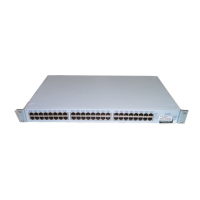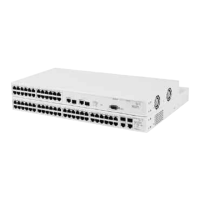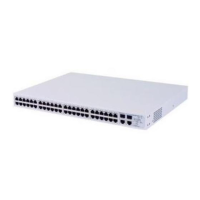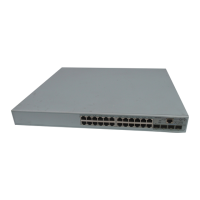Switch Features Explained 17
■ Enable one of the less efficient paths if the most efficient path fails.
RSTP is an enhanced version of STP (Spanning Tree Protocol) and is fully
compatible with STP systems. RSTP can restore a network connection
quicker than the legacy STP feature. RSTP can detect if it is connected to a
legacy device that only supports IEEE 802.1D STP and will automatically
downgrade to STP on that particular port.
RSTP conforms to the IEEE Std 802.1w-2001.
For more information about RSTP, see Chapter 4
“Using Resilience
Features”.
Switch Database The Switch Database is an integral part of the Switch and is used by the
Switch to determine if a packet should be forwarded, and which port
should transmit the packet if it is to be forwarded.
For more information about the Switch Database, see Chapter 5
“Using
the Switch Database”.
Traffic Prioritization The traffic prioritization capabilities of your Switch provides Class of
Service (CoS) prioritization to your network. You can prioritize traffic on
your network to ensure that high priority data is transmitted with
minimum delay.
For more information about traffic prioritization, see Chapter 6
“Using
Traffic Management”.
Rate Limiting Rate limiting is the restriction of the bandwidth to or from a section of
your network. Limiting the rate of network traffic reduces the stress on
your network and, when used with traffic prioritization, ensures that
important traffic is not held up when the network is busy.
For more information about rate limiting, see Chapter 6
“Using Traffic
Management”.
RMON Remote Monitoring (RMON) is an industry standard feature for traffic
monitoring and collecting network statistics. The Switch software
continually collects statistics about the LAN segments connected to the
Switch. If you have a management workstation with an RMON

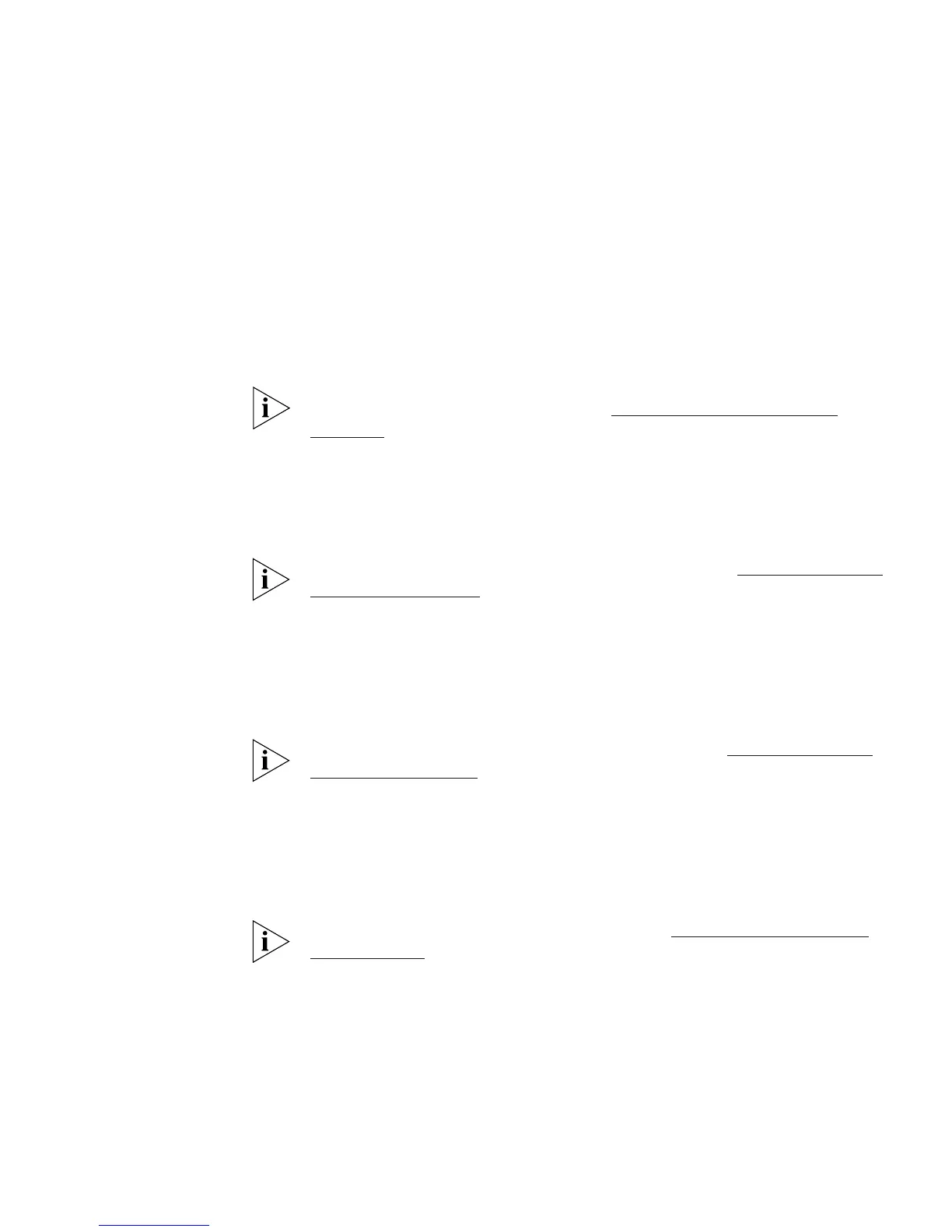